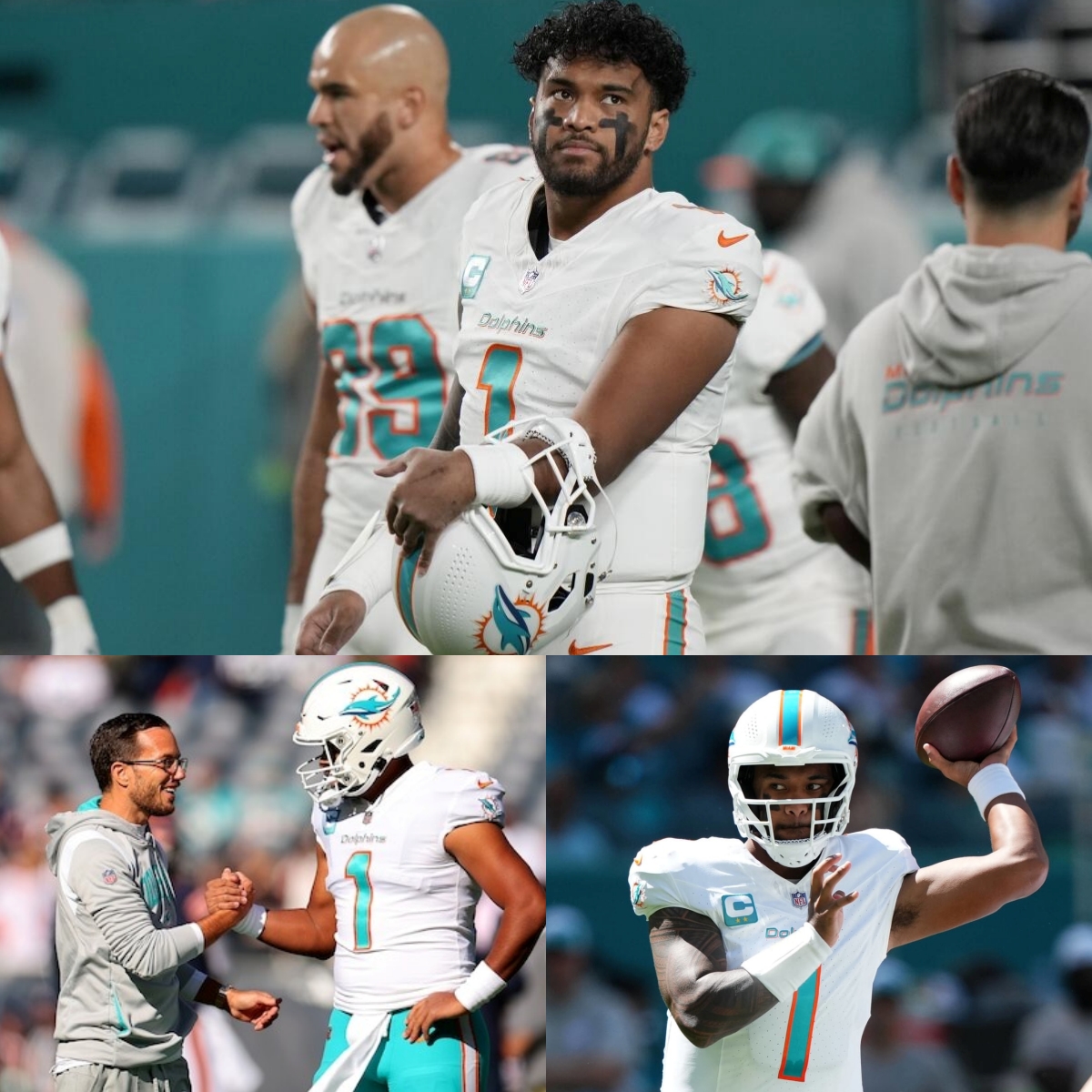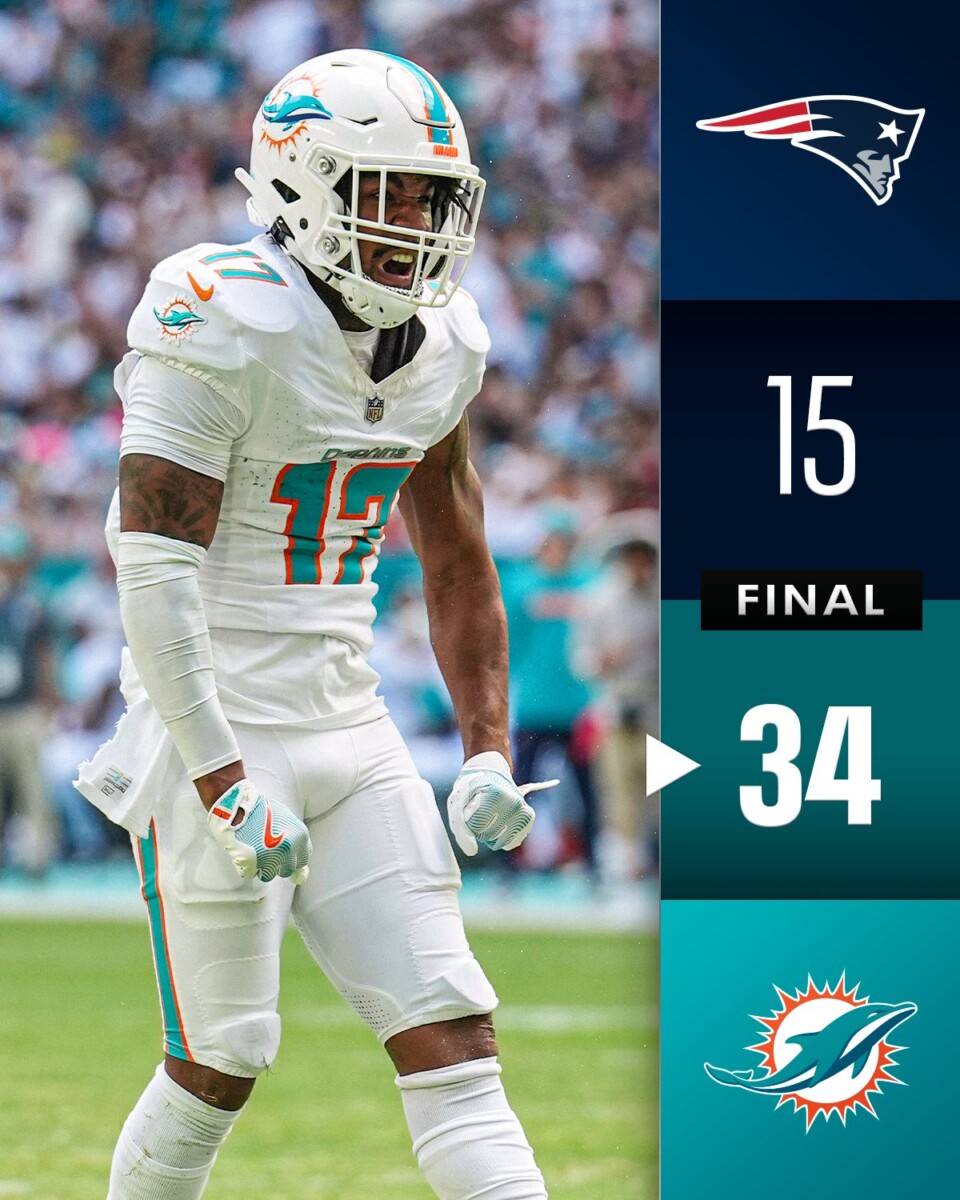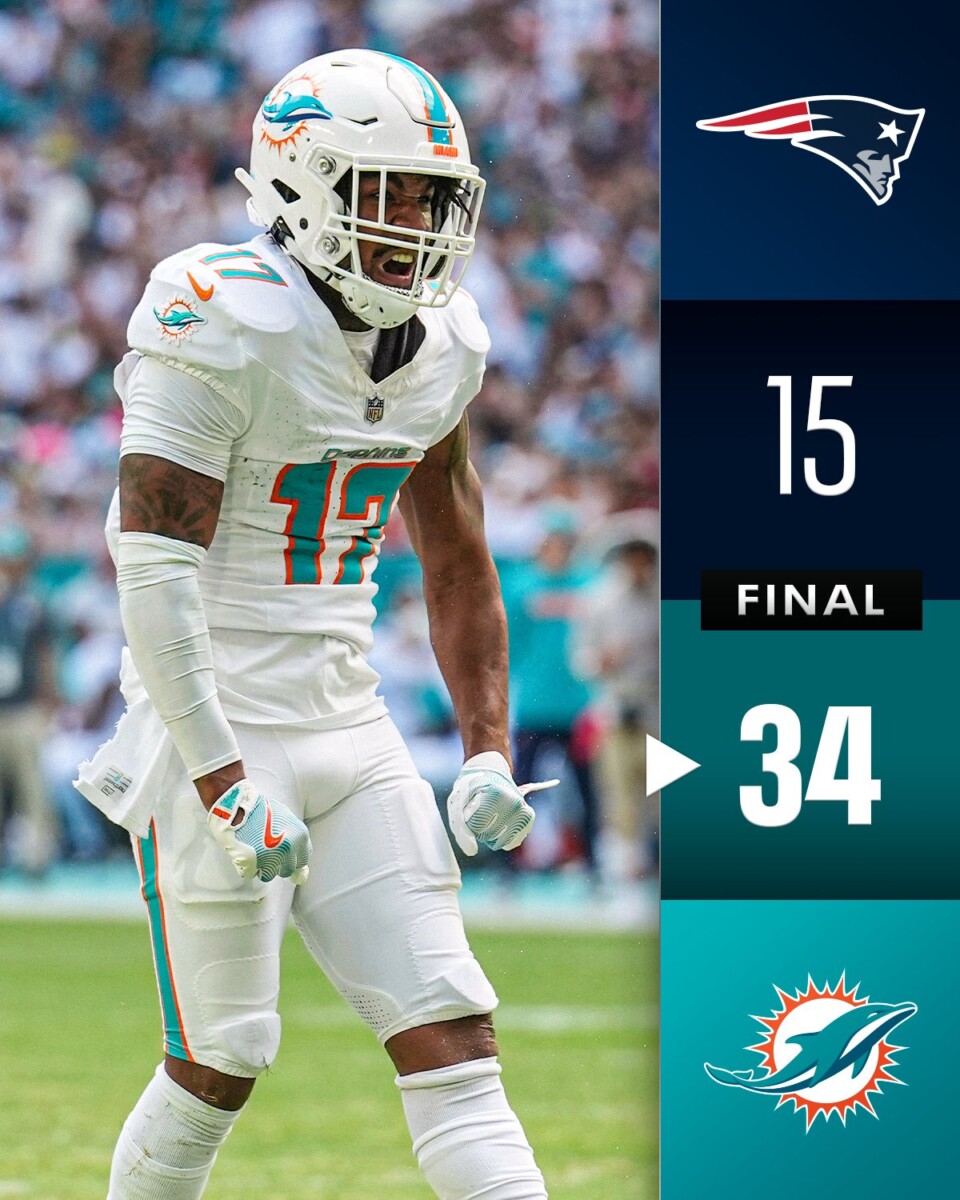
In the ever-evolving world of the NFL, where the margin between victory and defeat can be as slim as the players themselves, there’s a buzz spreading that could spell a change in dynamics for the Miami Dolphins, and indeed, for their rivals. Tua Tagovailoa, the Dolphins’ star quarterback, has reportedly been shedding pounds, setting the stage for what could be a pivotal season not just for him but for the team as a whole. While it’s not a new storyline for athletes to tweak their training routines or focus on physical improvements during the off-season, Tagovailoa’s approach and its potential ramifications on the NFL landscape are generating both excitement and, in some quarters, concern.
Last off-season, observers couldn’t help but notice Tagovailoa appeared heavier than usual. Yet, it was a period free from head injuries, a significant win considering his history.
The speculation was that by bulking up, perhaps coupled with martial arts training aimed at improving his agility and reaction times, Tagovailoa was better protected against the physical toll of professional football. It was an interesting twist, suggesting that sometimes, more can indeed be less when it comes to injury vulnerabilities.
This off-season tells a different story. Tagovailoa has been working diligently with personal trainers at PERFORM, a cutting-edge facility known for their holistic approach to athlete performance.
The goal? To improve his speed.
It’s a fascinating shift in strategy, almost counterintuitive when viewed against last season’s backdrop. Speed in football is a double-edged sword, especially for quarterbacks known more for their arm than their legs.
Yet, a quicker Tua intrigues, offering tantalizing possibilities for the Dolphins’ offense.
Enhanced speed could indeed be a game-changer for Tagovailoa and the Dolphins. Imagine defenses, already wary of his arm, now having to account for his ability to scramble or execute perfectly timed runs.
It adds a layer of complexity to defending against Miami, presumably extending drives and creating headaches for defensive coordinators across the league. A faster Tua doesn’t just run; he creates, distributes, and elevates his game to potentially new heights.
Yet, with new strategies come new concerns. The specter of injury is never far in the NFL, and a more mobile Tagovailoa invites questions about the risks of a running quarterback.
Yes, increased speed could help him evade would-be tacklers and minimize hits, but the nature of football ensures contact is inevitable. It’s a delicate balance, leveraging added quickness without exposing oneself unduly to the physicality inherent in the game.
What emerges is a portrait of an athlete not content with the status quo, willing to adapt and evolve in pursuit of greatness. For the Dolphins, the prospect of a slimmer, swifter Tagovailoa is exciting, a potential catalyst for an offensive renaissance.
For the rest of the NFL, it’s a development that could alter defensive strategies and game plans. In the end, the scales of NFL power may well tip on how effectively Tua Tagovailoa can meld his newfound speed with his undeniable talent, navigating the fine line between risk and reward in the quest for victory.




